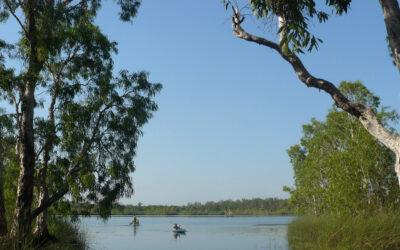The environmental humanities is a new interdisciplinary field that seeks to understand global environmental changes. It works most often at a human scale, but aims to help people imagine the enormity of planetary changes. It builds on insights from environmental history, geography, literature, philosophy and the creative arts and combines them together, often with input from museums and public forums.
Environmental humanities adds ideas of ethics, responsibility and justice within transdisciplinary environmental studies. Shifting the frameworks of environmental research to be more consciously inclusive and diverse realm that enables concepts of the physical world that better include humans to be discussed, and moving ethics forward to consider life forms beyond humans.
The idea that humans are now a geological force on earth is captured in the concept of the Anthropocene: a new epoch in Earth’s history where the activities of people have changed the physical ways of the planet works. There is now no difference between human history and natural history.
Environmental humanities are not the only scholarly disciplines to have extended questions of justice and equity beyond humans. For example, treating trees, rivers and animals as ‘persons’ has previously been seen in law courts. Justice and equity beyond humans have been prominent in discussing the implications of legal decisions like these.
A review by Libby Robin considers historically how the environment and the humanities became conceptualized together. It then explores three emerging fields in transdisciplinary environmental scholarship where environmental humanities leads discussions: i) climate and biodiversity justice, both for humans and for other forms of life, ii) the Anthropocene as a metaphor for living with planetary changes, iii) life after ‘the end of nature’, including rewilding and restoration. While environmental humanities also work in many other fields, these cases exemplify the crucial tasks of situating the human in geological and ecological terms and other life forms (the ‘more-than-human’) in ethical terms.

Luminous Relic 2017: Alexander Boynes, Mandy Martin, and Tristen Parr; pigment, sand, crusher dust, acrylic on linen; three-channel high-definition video; stereo sound score; 6′10″ duration; 260 cm × 1170 cm. Courtesy of the artists and Australian Galleries, Melbourne and Sydney. (Geelong Gallery install). Photographer: Andrew Curtis. Shown as part of the CLIMARTE Festival 2017, Luminous Relic 2017 is an example of the multimedia performance art that complements the environmental humanities.
Kindly contributed by Libby Robin.
















